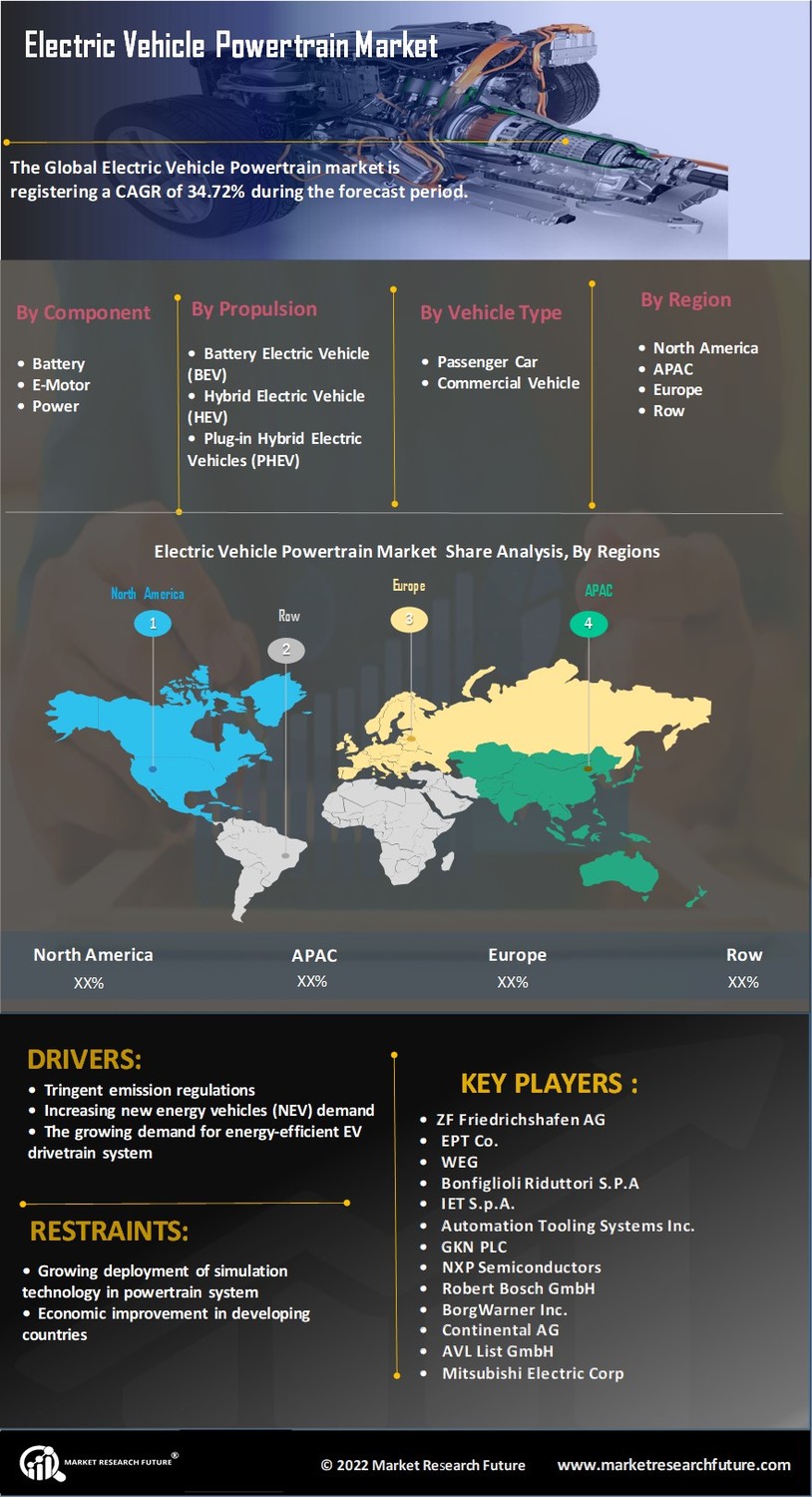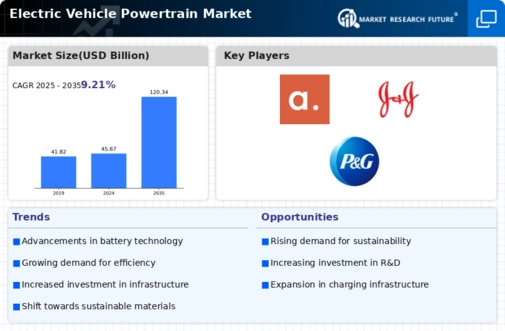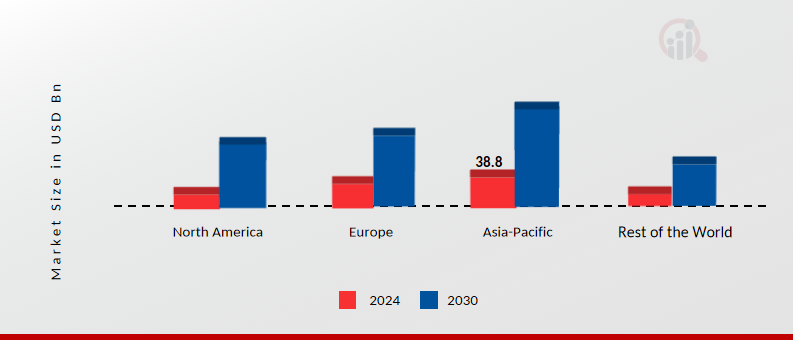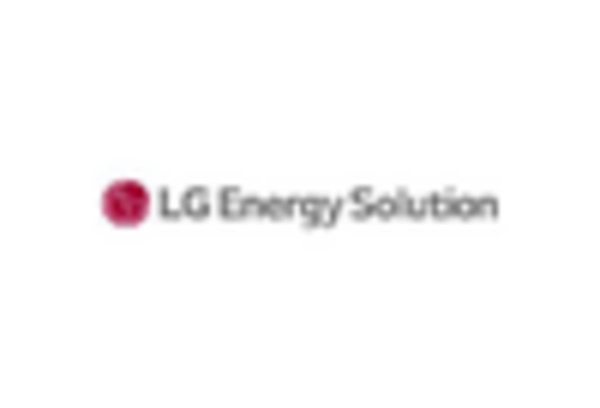Consumer Awareness and Education
Consumer awareness and education regarding electric vehicles are increasingly influencing the Electric Vehicle Powertrain Market. As more information becomes available about the benefits of EVs, including lower operating costs and reduced environmental impact, consumer interest is likely to grow. In 2025, surveys indicate that over 60 percent of potential car buyers are considering electric vehicles as a viable option. This heightened awareness encourages manufacturers to enhance their marketing strategies and invest in consumer education initiatives. Consequently, the Electric Vehicle Powertrain Market is expected to expand, as informed consumers drive demand for innovative powertrain solutions that align with their values and preferences.
Government Incentives and Regulations
Government incentives and regulations play a crucial role in shaping the Electric Vehicle Powertrain Market. Many countries have implemented policies aimed at reducing carbon emissions, which include tax credits, rebates, and subsidies for electric vehicle purchases. In 2025, several regions are expected to enforce stricter emissions standards, further encouraging the adoption of EVs. These regulatory frameworks not only stimulate consumer interest but also compel manufacturers to invest in advanced powertrain technologies. As a result, the Electric Vehicle Powertrain Market is likely to witness increased innovation and competition, as companies strive to comply with evolving regulations while meeting market demands.
Advancements in Charging Infrastructure
The development of robust charging infrastructure is a significant driver for the Electric Vehicle Powertrain Market. As of 2025, the number of public charging stations is projected to exceed 1 million worldwide, facilitating the widespread adoption of electric vehicles. Enhanced charging networks reduce range anxiety among consumers, making EVs a more attractive option. Furthermore, advancements in fast-charging technologies are expected to decrease charging times significantly, thereby improving the overall user experience. This expansion of charging infrastructure is likely to bolster the Electric Vehicle Powertrain Market, as it supports the growing fleet of electric vehicles and encourages further investment in powertrain innovations.
Increasing Demand for Electric Vehicles
The rising demand for electric vehicles (EVs) is a primary driver of the Electric Vehicle Powertrain Market. As consumers become more environmentally conscious, the shift towards EVs is accelerating. In 2025, it is estimated that the sales of electric vehicles will surpass 10 million units annually, reflecting a compound annual growth rate of over 20 percent. This surge in demand necessitates advancements in powertrain technologies, as manufacturers strive to enhance performance and efficiency. Consequently, the Electric Vehicle Powertrain Market is experiencing significant growth, driven by the need for innovative solutions that meet consumer expectations for range, charging speed, and overall vehicle performance.
Technological Innovations in Powertrain Systems
Technological innovations in powertrain systems are transforming the Electric Vehicle Powertrain Market. The integration of advanced materials, such as lightweight composites and high-efficiency electric motors, is enhancing vehicle performance and energy efficiency. In 2025, it is anticipated that the average efficiency of electric powertrains will improve by 15 percent compared to previous years, driven by ongoing research and development efforts. These innovations not only contribute to better range and performance but also reduce manufacturing costs, making electric vehicles more accessible to consumers. As a result, the Electric Vehicle Powertrain Market is poised for substantial growth, fueled by continuous advancements in powertrain technologies.


















Leave a Comment